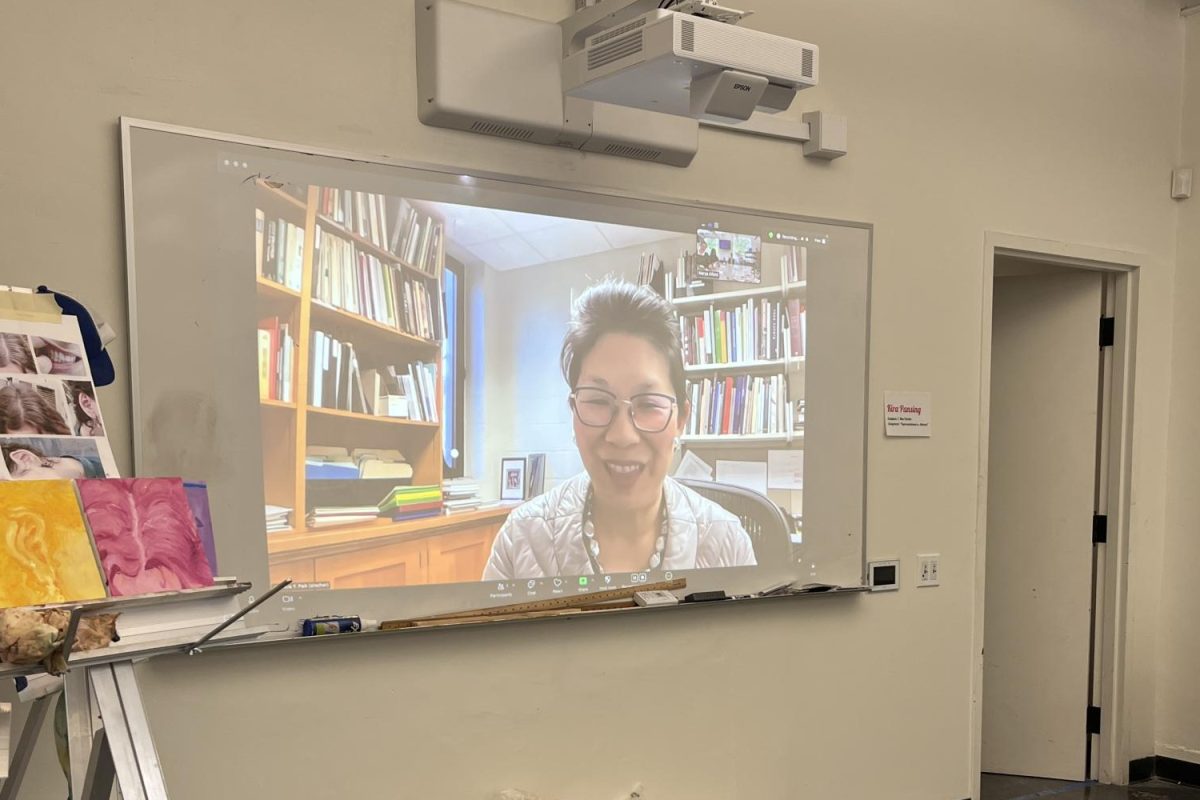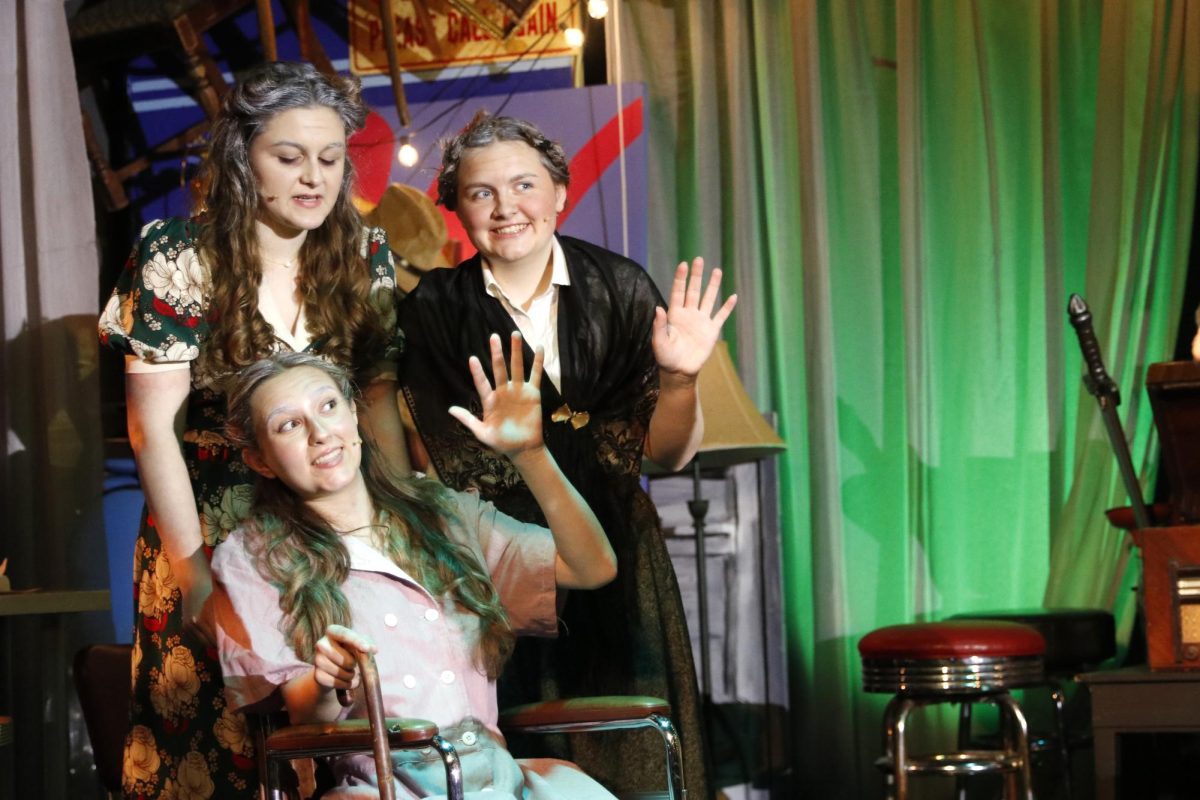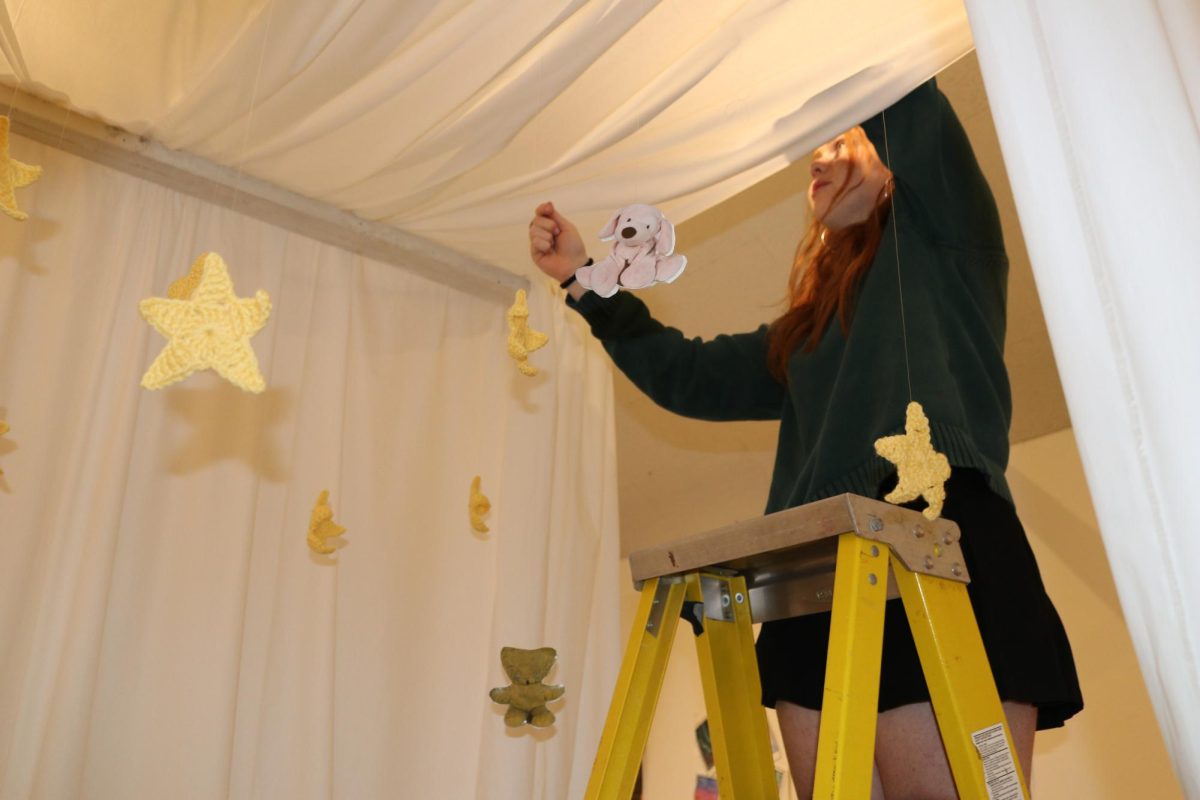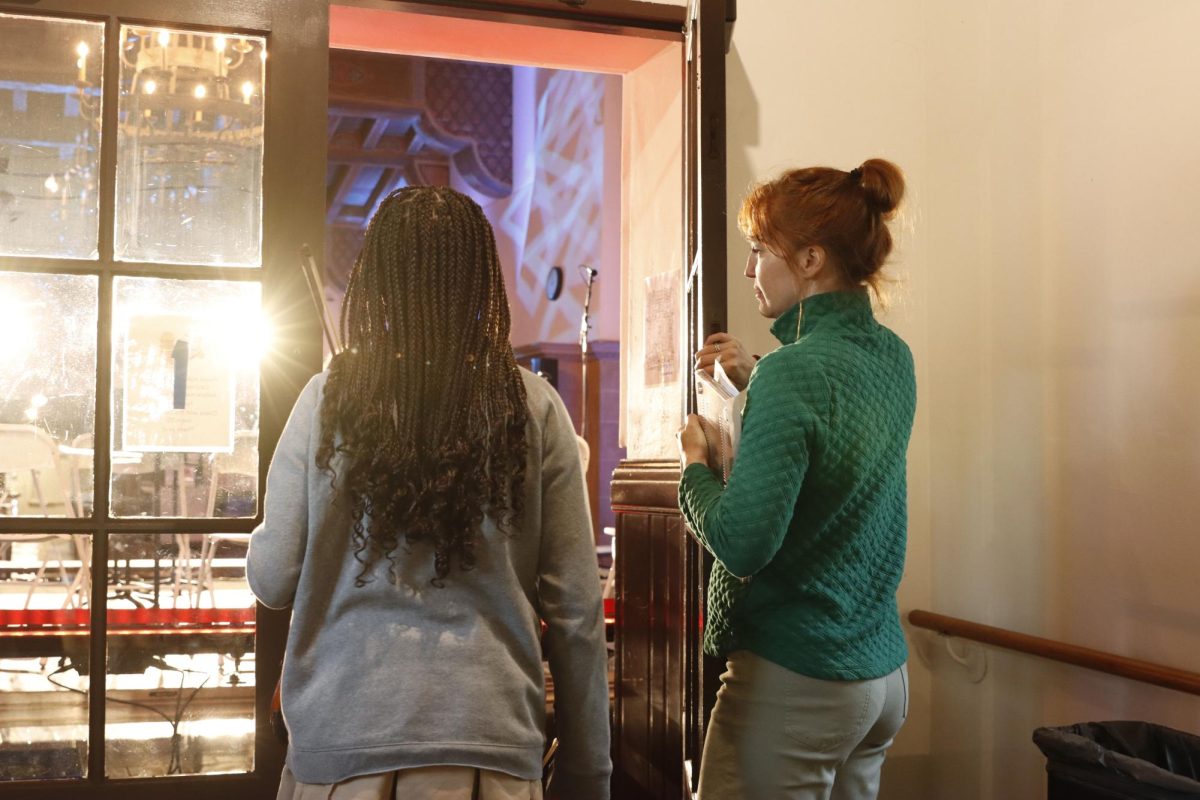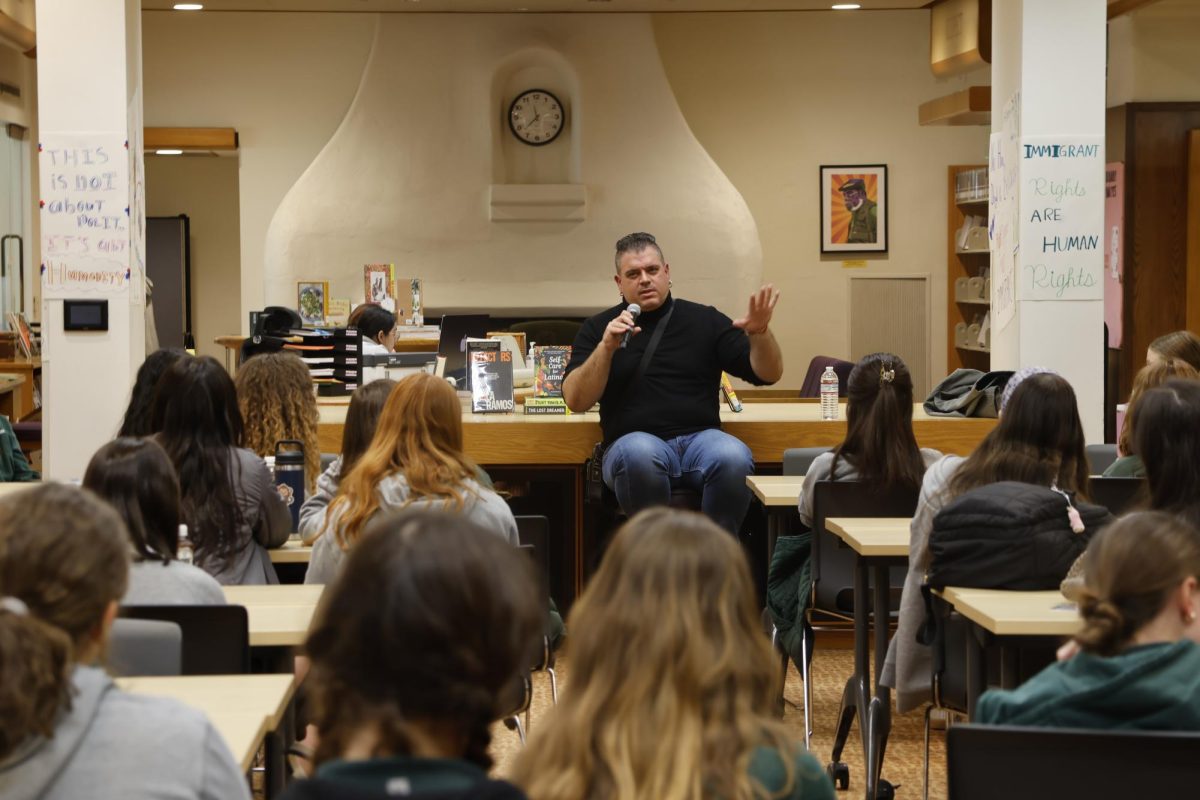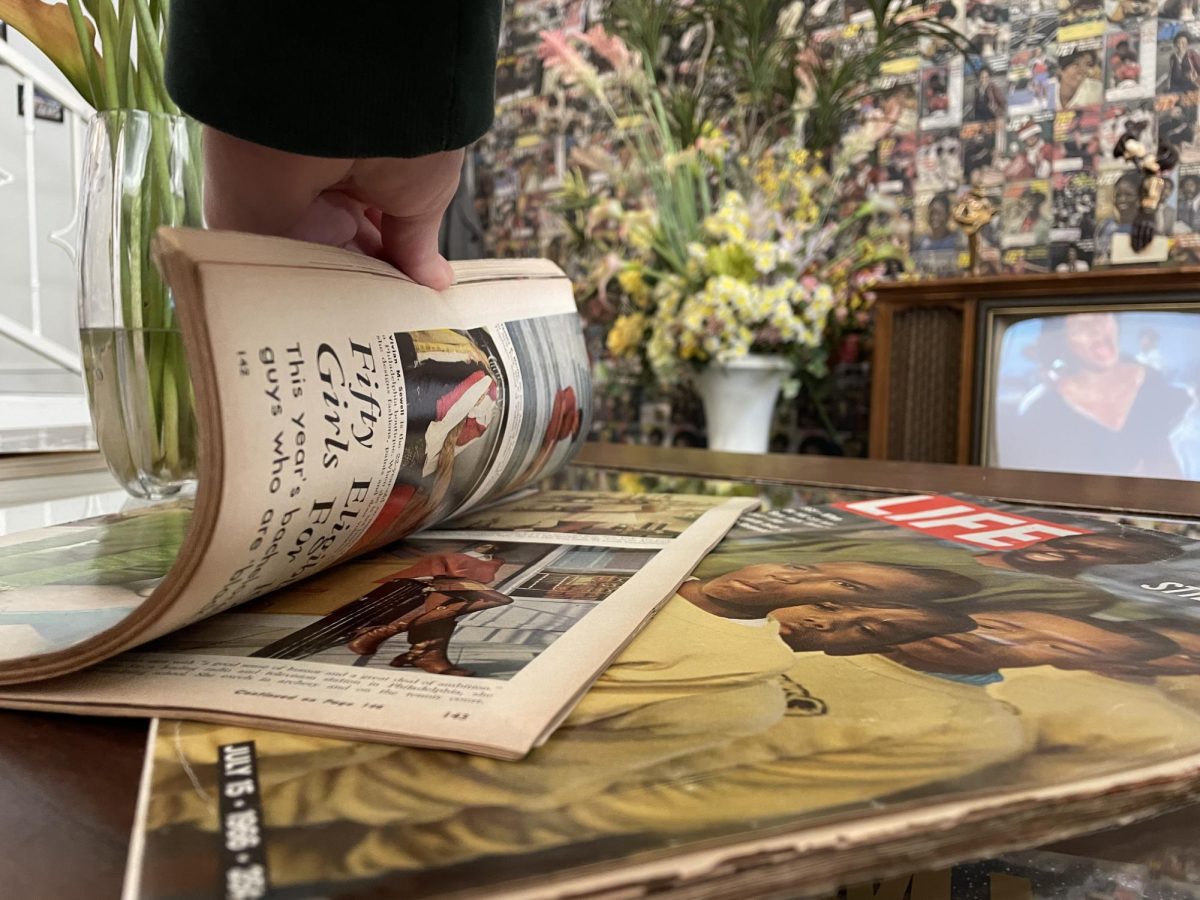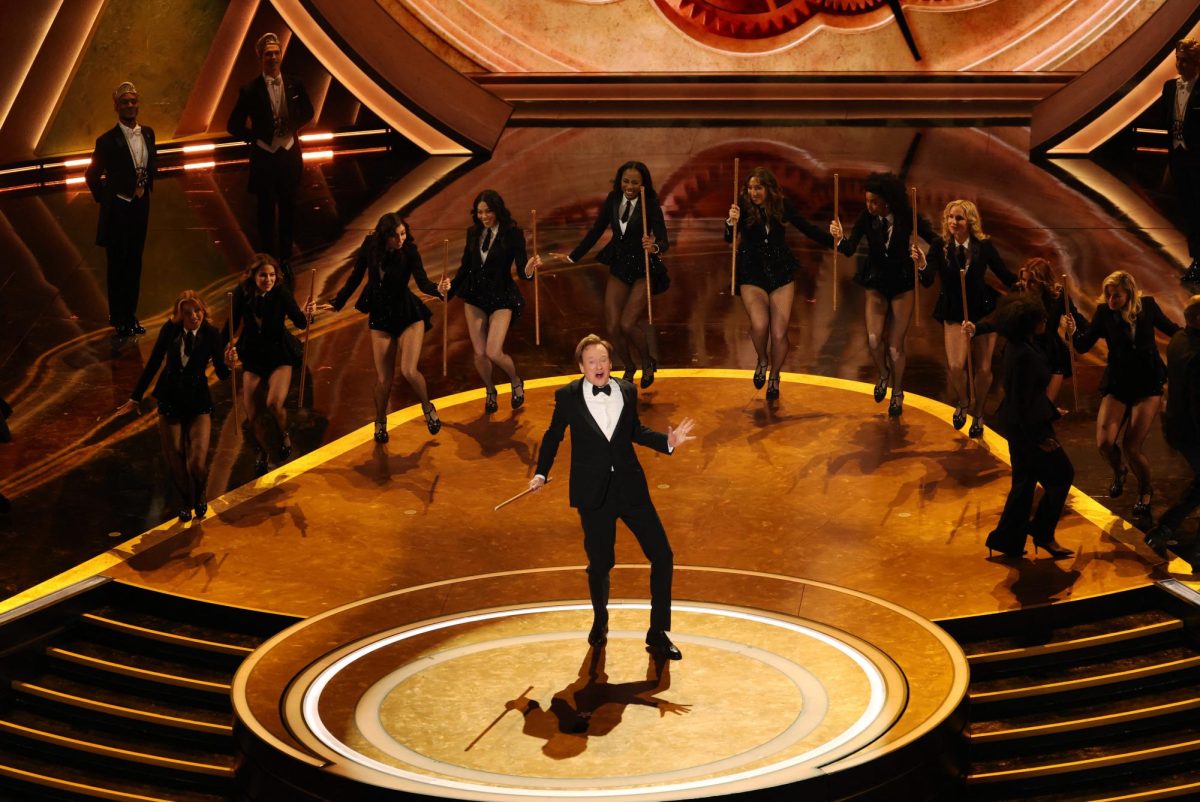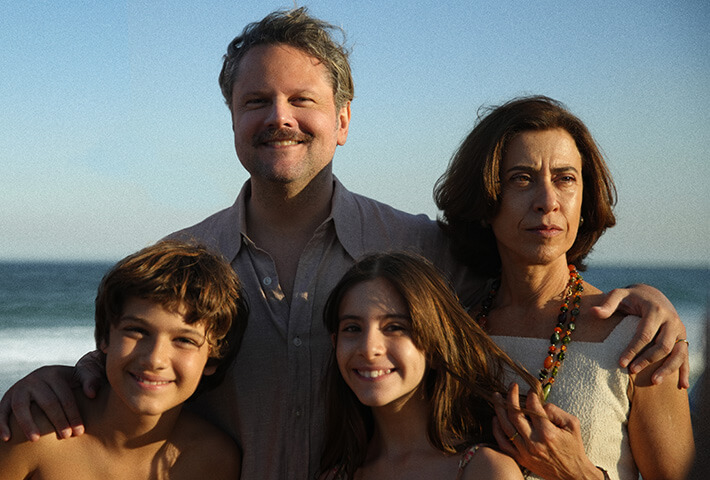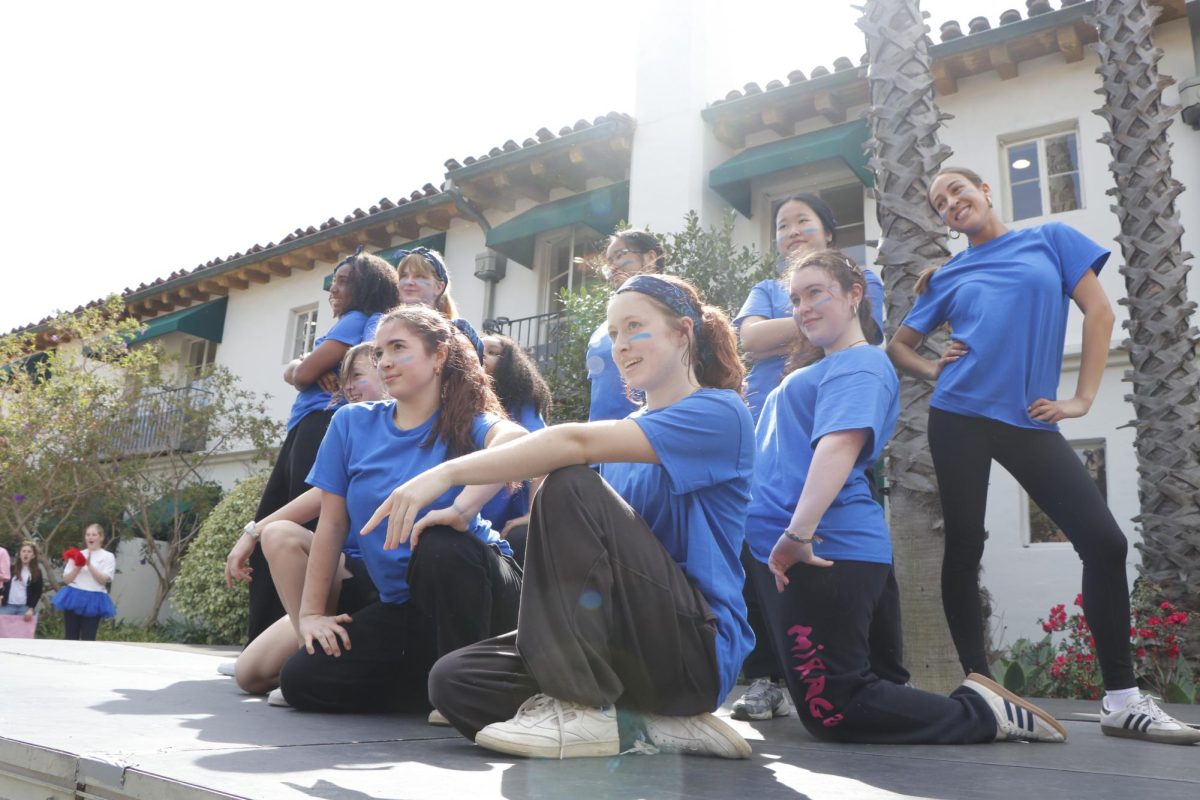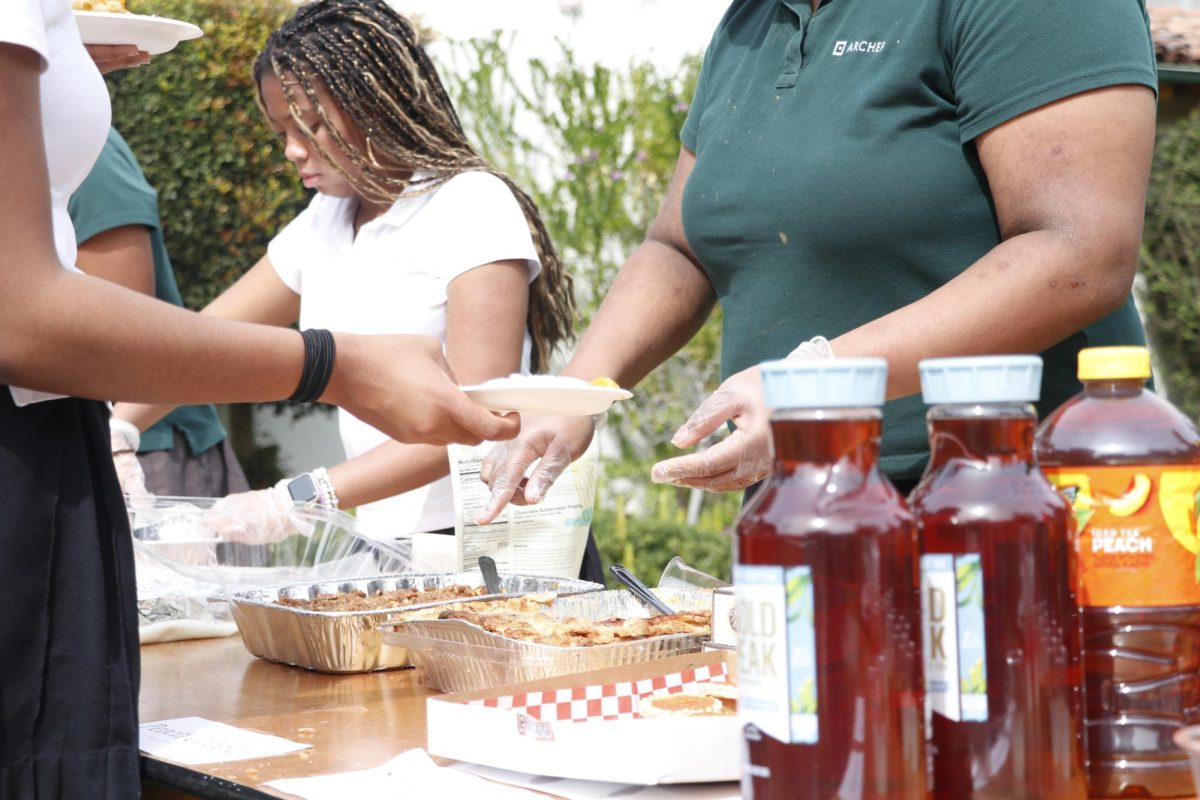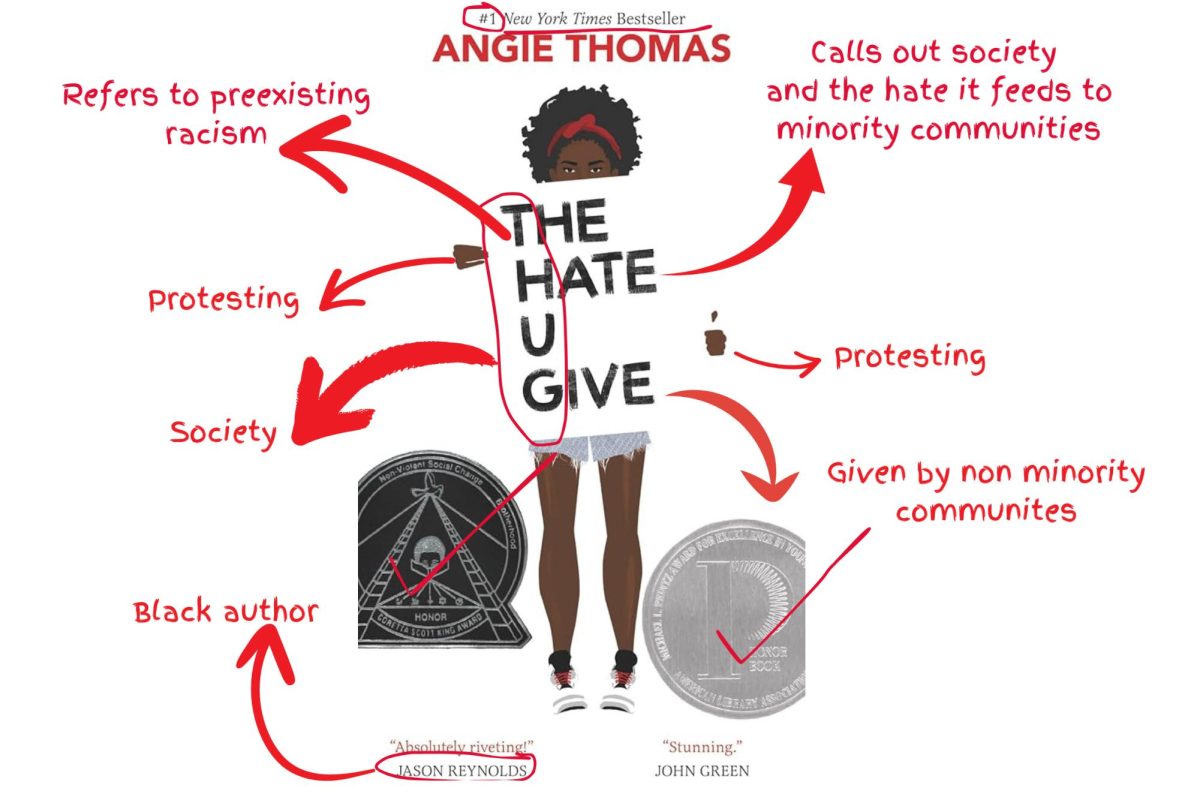When reflecting on their career decisions, 43% of people who majored in humanities or arts “regret” their major — leaving many to reject such careers for practicality. Although many are turning away from artistic careers, those who persist are finding ways to make the most of their professional journey.
Tricia Y. Paik is the Florence Finch Abbott Director at the Mount Holyoke College Art Museum in Massachusetts. She is leading a three-part discussion series for Eastern Star Gallery students about careers in the arts, the most recent on Thursday, Jan. 30. Her interest in visual arts stemmed from childhood and persisted after college.
“I’ve always been interested in the arts, sitting in my room as a girl, drawing and making clay animals and silk sculptures,” Paik said. “It was something that was always a part of who I was as a young girl, and my parents encouraged me to continue in the arts — I’m very grateful they did.”
Junior Charlotte Stein is a member of the Eastern Star Gallery and takes advanced ceramics. She said she was not interested in pursuing visual art professionally until she participated in Paik’s discussion series.
“Before [Paik’s] presentation, I hadn’t even considered it at all, but after hearing her talk about the behind-the-scenes work and the financial side and all the different sides that go into curating and maintaining a museum, I was really interested,” Stein said. “Now, when I’m researching colleges, I am thinking about minoring in art history or fine arts.”
According to the New York Times, artists in Generation Z have opted for creative ways of starting businesses, using platforms such as Depop or Etsy. Junior Olivia Boehm started her fashion brand, Disregulation, by selling pieces at flea markets. As her business has gained popularity, she has since begun selling items on Depop. Boehm said despite it being time-consuming, maintaining her business is fulfilling.
“[Starting a business] is a good way to stretch your mind, especially if you’re really interested in visual arts. It’s a big thing in the art world to say ‘You won’t find a profession,’ or ‘You can’t do this,’ ” Boehm said. “Making your own business is a statement, saying, ‘Well, I’ll just make my own job.'”
Paik echoed this thought, highlighting the various careers in the arts. She said there are many different ways to get involved in visual arts than some may realize.
“There are many different ways to be in the art world,” Paik said. “The way social media is so important in communications, so many larger museums have social media specialists embedded in their communications or marketing department — I wanted to make sure everyone knows that there are many different ways — and it’s not just becoming a curator.”
Stein said Paik’s discussion series allowed her to consider bridging her artistic and nonartistic abilities into a potential career.
“I always felt like I wanted to major in economics or investment banking because that’s what people in my family did, and I thought, ‘Why not, they think I’ll like it, that’s probably what I’ll do’ — but now, I just feel like that’s not very creative,” Stein said. “I love my ceramics class at Archer, and it led me to start thinking about the different sides that I could pursue — it just showed me I can connect my different passions that I thought were two separate worlds before.”
The vast majority of high schools in the United States have an art class integrated into the curriculum. According to The Princeton Review, an arts education can help students “explore their interests and develop skills they need to succeed in college.” Boehm said her 8th-grade art class inspired her to pursue visual arts.
“When I was in eighth grade, I was in Ms. Kremin‘s class, and I made a zine,” Boehm said. “It completely changed my motivations towards art, and something about it showed me that I wanted to do that for a while — it gave me a huge confidence boost, and I was like ‘Okay, I guess this is something I want to do.'”
When planning her discussion series, Paik believed her work at Mount Holyoke College, an all-women college, would be engaging and relevant to Archer students.
“I think you all are going to an excellent school,” Paik said. “The power of going to an all-girls school is more important than ever.”
Stein found Paik’s advice about making connections and building a community with others interested in visual arts extremely valuable.
“She really stressed the fact that you need to form connections in this field because it can be so hard to get positions, and that really stuck with me, because it is a small community,” Stein said. “See everything as an opportunity to further yourself.”



